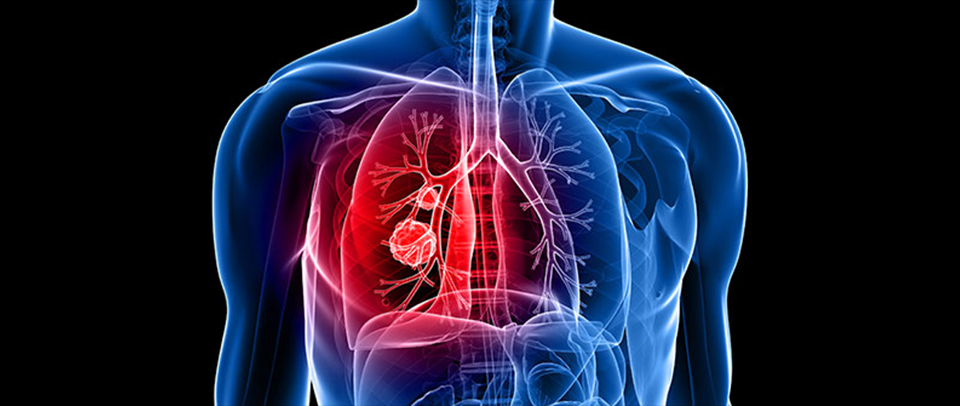Introduction

Lung cancer starts in the lungs, and most common type is non-small cell lung cancer. It is faster-growing types of NSCLC and includes large cell carcinoma. It represents 15 to 20 percent of lung cancers. Various treatments include surgery, chemotherapy, radiation therapy, and immunotherapy. Typically, symptoms tend to appear as the cancer reaches its advanced stages. Some of the symptoms include:
Appetite loss
Change in a person's voice
Frequent chest infections
Severe cough
Shortness of breath
Headaches
Headaches
Wheezing
Severe chest pain or bone pain or coughing up blood
Types of Lung cancer
Non-Small Cell Lung Cancer- It is a group of lung cancers that behave similarly to cell carcinoma and adenocarcinoma. Symptoms worsen during the latter stages. Usually, treatments include surgery, chemotherapy, and radiation.
Small Cell Lung cancer- Many smokers experience small cell lung cancer. Starts in breathing tubes and proliferates. Typically, large tumors occur and spread quickly. Symptoms include bloody phlegm, cough, chest pain, and shortness of breath.
Lung Carcinoid Tumor- Involves neuroendocrine cells throughout the body. Similar to endocrine cells produce hormones like substances. Includes two types such as typical pulmonary carcinoid and atypical pulmonary Carcinoid tumor.
Download Our Free Guide
We are here to help you with all the requirements and arrangements to improve your health. To know more about our service please download our guide below.



